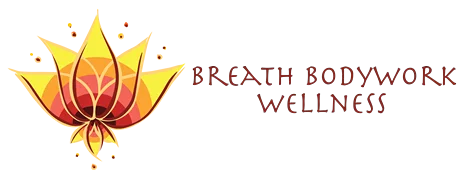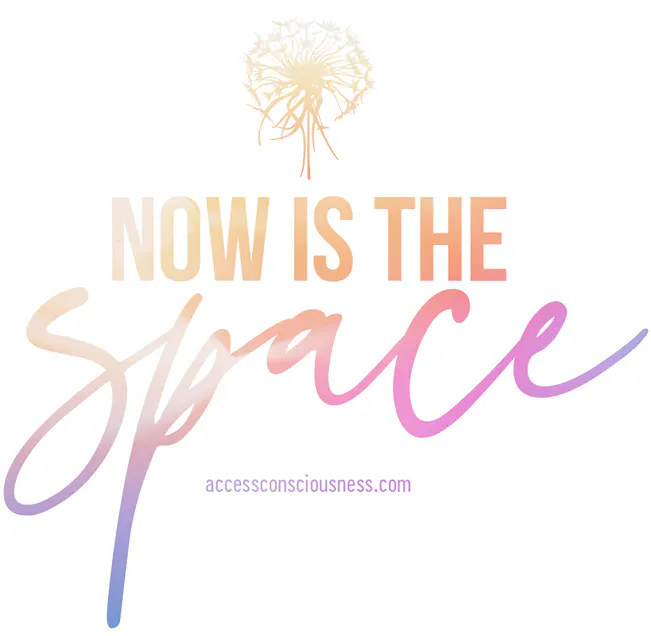Nikken Blog quotes
Reflexology’s increasing popularity at present seems to derive from its reputation for dealing with stress and tension and in promoting relaxation. Reflexology, otherwise known as zone therapy, is a type of therapy that uses gentle pressure on specific points along your feet (and sometimes the hands or ears) to help ease stress and assist your body in working better.1 Because of the close interaction of mind and body, relaxing one will help unwind the other too.
Many people confuse massage with reflexology, but it’s actually more comparable to acupressure. Reflexology connects spots on the outside of your body to the inside – different areas of the feet are linked to specific body parts, and putting pressure on one area of the foot can have an effect on the organ it corresponds with:
Tops of each toe = head/brain Balls of your feet = heart, chest, and lungs
Arch of your foot = liver, pancreas, and kidney Heels = lower back and gut system
Here’s how it works: A foot is divided into five zones that run from toe to heel: The big toe is zone 1, and the pinky toe is zone 5. The body is divided into 10 zones that run from head to foot. Zone 1 aligns with the left and right center of the body, and zone 5 aligns with the left and right sides of the body. When you place pressure on zone 1 in the foot, it can help relieve discomforts in the part of the body that’s linked to that area. Pretty cool, right? The average benefits of reflexology include stress relief, relaxation and increased energy.
So, how exactly does reflexology provide all these benefits? One theory that dates back to the 19th century suggests that reflexology works by stimulating the nervous system. Pressing on areas of the feet in a calming way stimulates the nerves there, which sends a message to the central nervous system. This helps to relax the body and has positive effects on your breathing, blood flow, immune response and more.
DIY Home Session: If you can’t find a reflexologist near you, try a DIY session! Here’s what you need to know about how to use a foot reflexology chart.
 Before your first DIY foot reflexology session, familiarize yourself with the basic areas on a foot reflexology chart.
Before your first DIY foot reflexology session, familiarize yourself with the basic areas on a foot reflexology chart.
To recreate a mini reflexology session at home, use a small amount of lotion to massage your feet. Apply pressure with the ball of your thumb, holding for 5 to 10 seconds. If you don’t know where to start, try your heel and move on from there, applying steady, even pressure with your thumb.

KenkoInsoles are Nikken’s founding product, derived from research into the effects of magnetic fields, with an added reflexological component inspired by the reflexology practices in Japan and the pebbles on the floor of the traditional baths. See the current special offer on the Kenko mSteps, with raised nodules for a gently massaging sensation as you walk, and Kenko mStrides, a high density insole with magnetic technology.
Disclaimer: Any new pain symptom or medical condition should be discussed with your doctor before receiving reflexology treatments.
Resources:
Shoe Insoles – Kenko mStrides available at Nikken
Self Care Awaking Do Magnetic Insoles Really Work?





